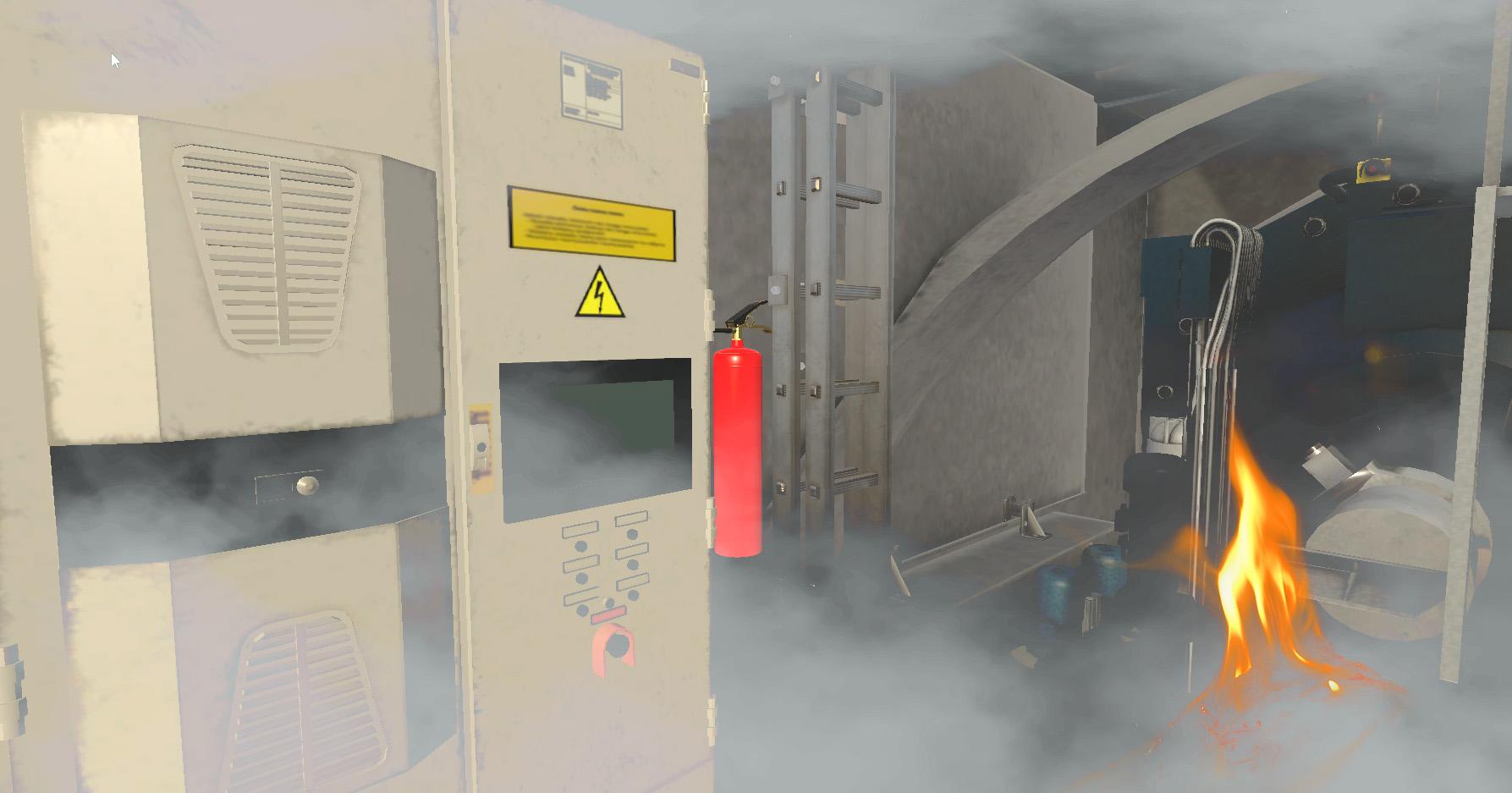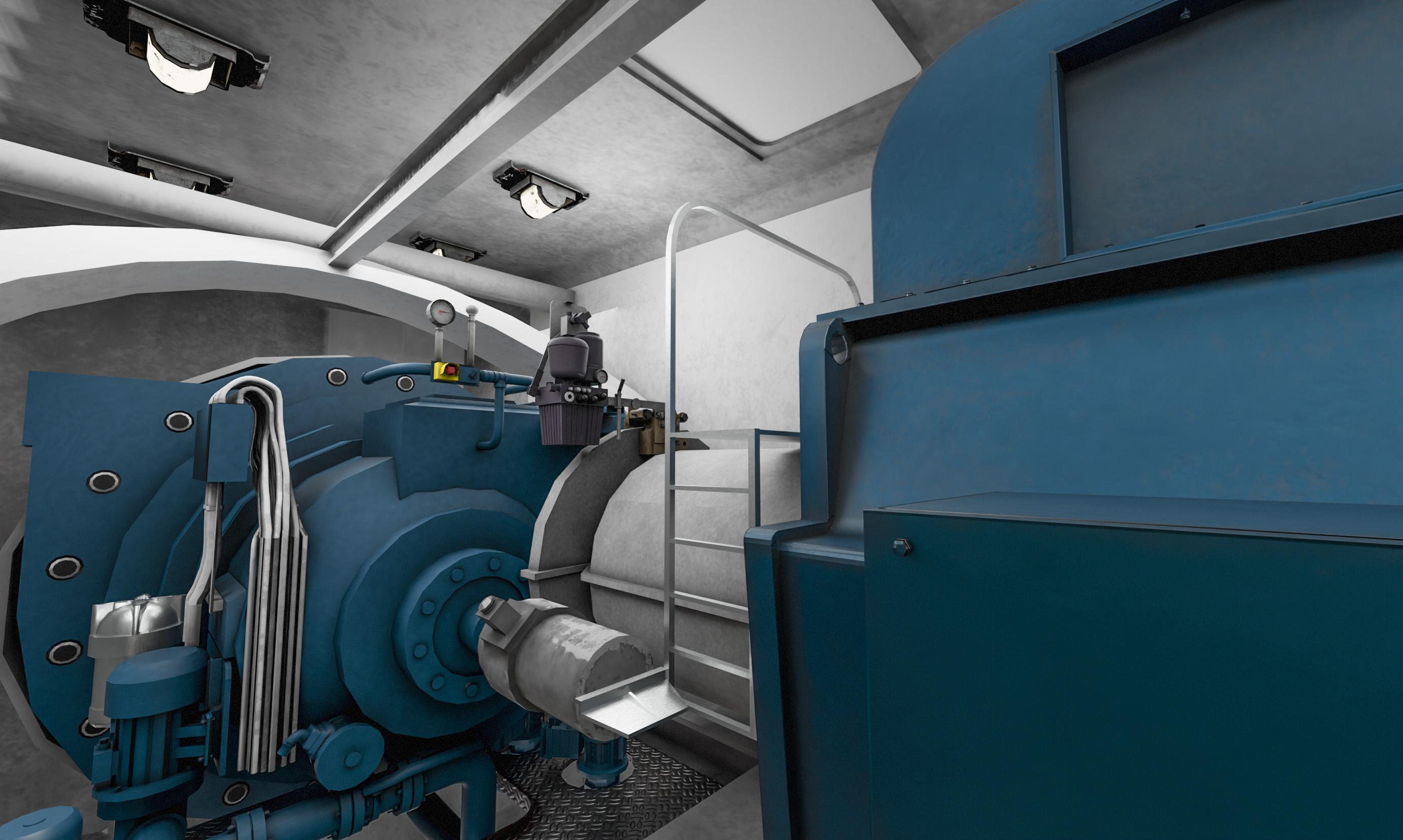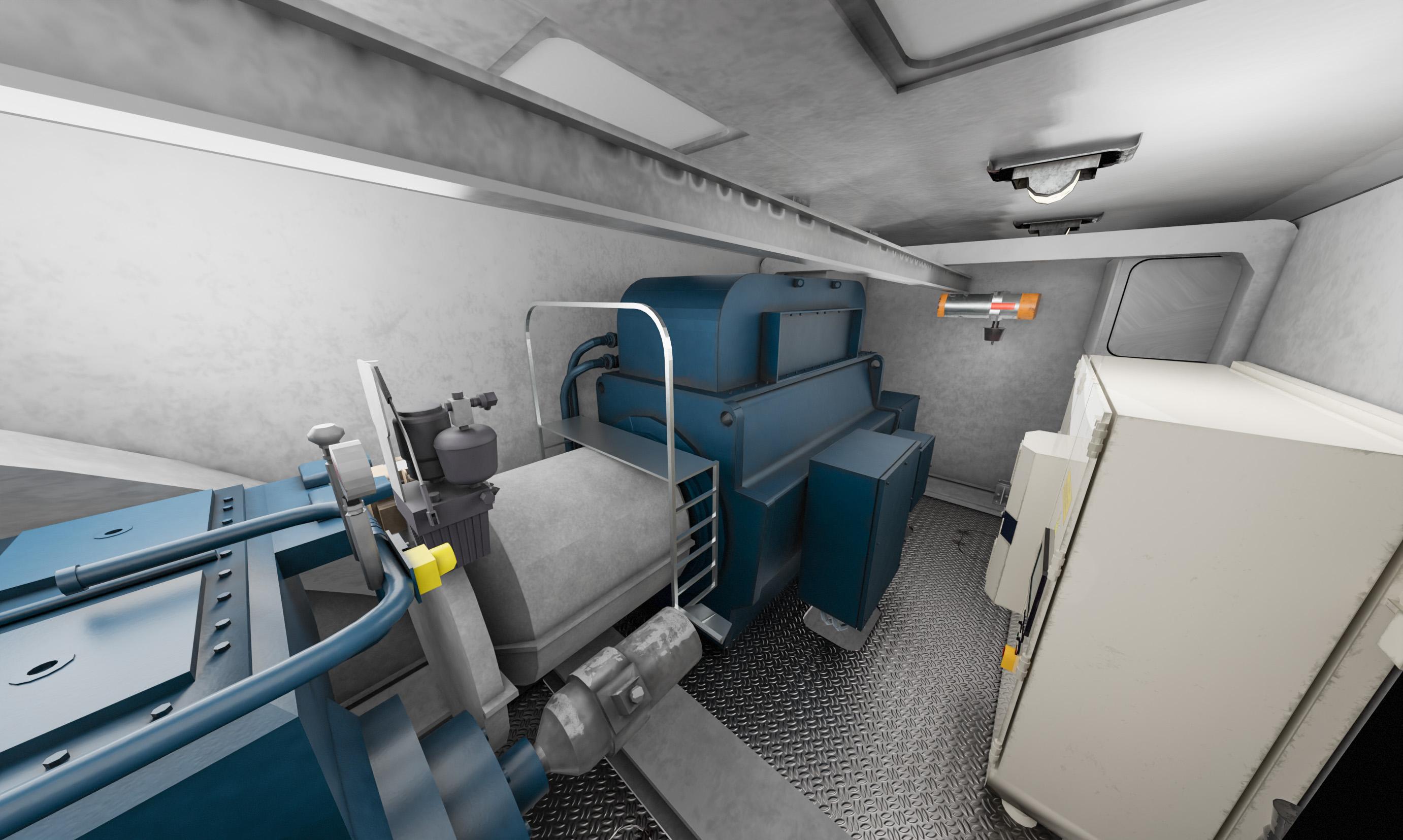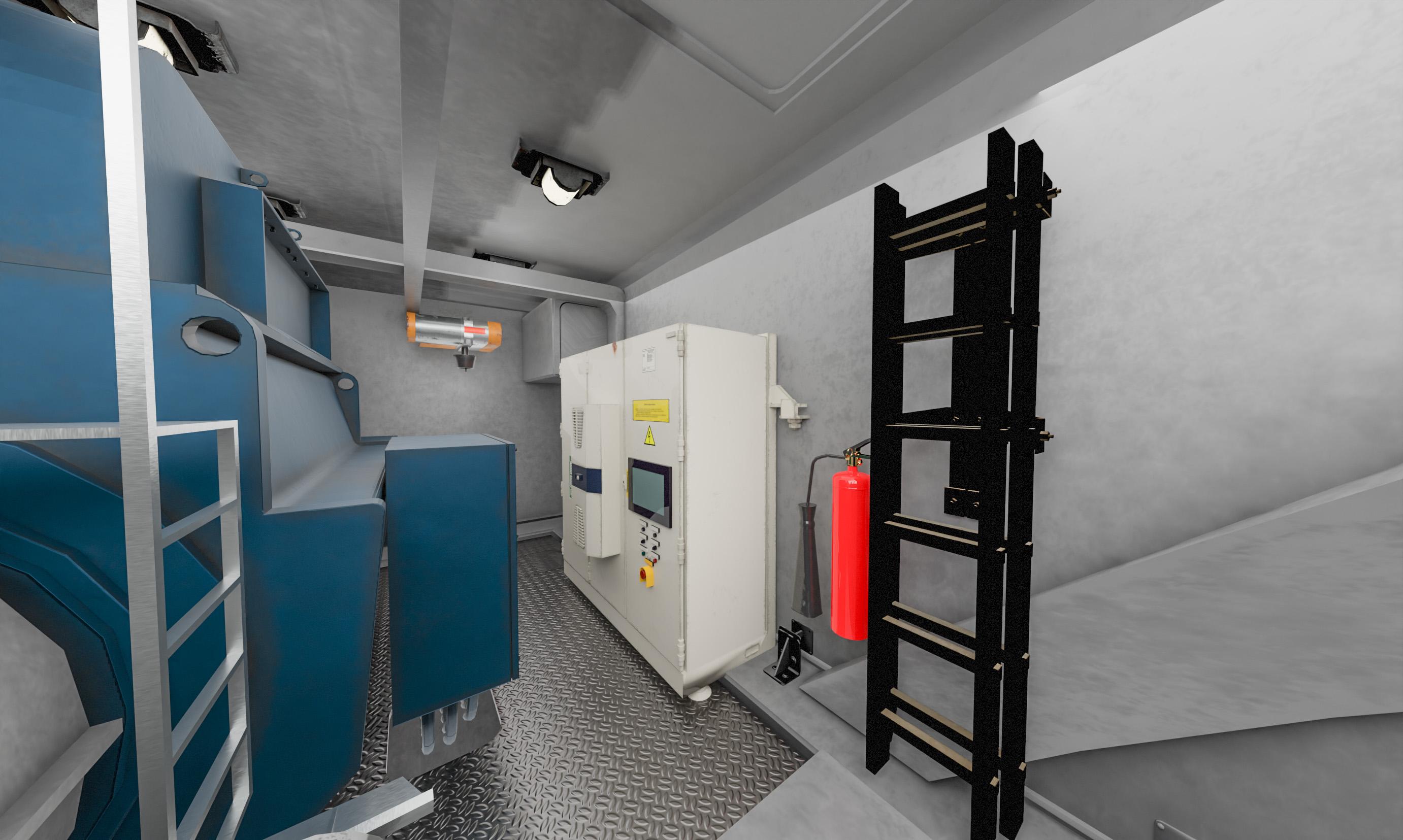Development of a system supporting the training and work of wind farm service staff, using virtual and augmented reality technologies

 Project title
Project title
Development of a system supporting the training and work of wind farm service staff, using virtual and augmented reality technologies
 Name of Beneficiary/Beneficiaries
Name of Beneficiary/Beneficiaries
SIM Factor Sp. z o.o.
 Name of programme
Name of programme
Operational Program “Smart Growth”
 Competition
Competition
Fast Track
 Project value
Project value
PLN 5,633,952.50
 Funding value
Funding value
PLN 3,387,675.00
 Project delivery period
Project delivery period
01.06.2021 – 30.11.2023
Results of our work
Video
Issues addressed
Many of the works performed in wind farms are considered particularly dangerous. These include especially work at heights and inside structures such as the tower or nacelle. They require the use of protective measures, supervision and special instruction covering the assignment of work by name, the order in which tasks are performed, and occupational health and safety requirements for individual activities.
The effectiveness of the work performed also has a direct impact on financial matters. In particular:
- Each intervention involves significant costs (at least 2 workers, security measures, entry time, transport). In these circumstances, effectiveness of such interventions is important.
- Costs of equipment downtime (a power plant suspended for the duration of a failure or inspection does not generate energy and therefore brings no economic benefits)
- Costs related to a possible accident during work.
For the above reasons, the following are sought:
- solutions that will allow for more effective and efficient training,
- tools that will support employees while working in wind farms and make this work more efficient.
The possibility of training and support in the work of staff is very important for entities dealing with work in wind farms. Our project aims to provide such solutions.
The use of the ZEPHYR system allows existing and new employees to obtain a high level of competence before starting work in field on a given type of equipment. Another advantage is the ability to follow the course of the training on the tablet screen. The high quality of our VR environment results from the groundbreaking realism of the representation of the equipment used in turbines. This allows for faithful imitation of real workplaces while minimizing the disadvantages of conventional theoretical training.
Our technology allows to reproduce the interior of any wind turbine with extraordinary accuracy, at the client’s request. We do this based on photographic documentation provided by the client, technical drawings or our own measurements. There is a possibility of individual adaptation of specific or expected training or examination procedures, fully consistent with the client’s needs.
Project beneficiaries
The addressees of our project results will be enterprises and centers that train or employ personnel operating wind turbines.
The project’s clientele can be divided into the following groups:
- Energy operators: Those who have their own wind parks and increase the share of renewable energy sources in the energy mix also have their own human resources to operate wind farms.
- Companies providing operational support for wind farms: Most turbine suppliers also have their own service departments or work with authorized service contractors. There are also many companies that are independent from manufacturers and specialize in servicing turbines from many vendors.
- Companies organizing staff training for other enterprises
- Universities and technical schools that plan to include training for wind farm staff in their educational offer or to explain how such a power plant operates.
However, the direct beneficiaries are employees who, thanks to the solution developed in the project, have an opportunity to take part in advanced and attractive training, which will allow them to do their work more safely.
Major implementation challenges
The biggest challenge in implementing the project was developing algorithms for recognizing the image, position and gestures of the trainee using goggle cameras, which was crucial for understanding the trainee’s situation in real time. Another difficulty was posed by the development of a module supporting automatic evaluation of the trainee’s activities. The algorithms monitor them to detect mistakes and measure times of responses to events and times until completion of tasks. Automatic gesture recognition is a key advantage – it much better supports, or may even replace, the training instructor whose role so far was to detect the trainee’s mistakes.
Our advice to other applicants
- Get the right qualifications and experience. Before applying for EU funding, make sure you are properly prepared and have the necessary qualifications and experience to successfully manage the project.
- Carefully study guidelines and instructions. Before applying, carefully review the funding program’s regime to ensure your project meets all necessary requirements.
- Prepare a clear and transparent application. Make sure your application is comprehensible and concise to avoid unnecessary complications and clearly communicate your goals and activities.
- Build a solid project management plan. The applicant must have a sound project management plan including a schedule, budget, communication and progress monitoring plan.
- Look for partners and collaborators. Collaboration with other institutions, organizations and experts can strengthen your project and improve its odds for success.
- Maintain regular contact with the co-financing agency. At all times stay in touch with the funding provider to keep abreast of project progress, report any issues, and obtain necessary support.
- Be flexible and open to changes. You may need to adapt your project to changing conditions and requirements, so it is important to be flexible and open to new ideas and suggestions.
- Manage your finances carefully. Maintain accurate spending tracking to ensure you are using funds in accordance with the funding program’s rules.
- Regularly report project progress. Reporting project progress on an ongoing basis will help the funding agency monitor the project’s progress and provide you with the support you need.
- Be patient and persistent. The process of applying for EU funding can be time-consuming and demanding, so it is important to be patient and persistent and not give up when faced with difficulties.




